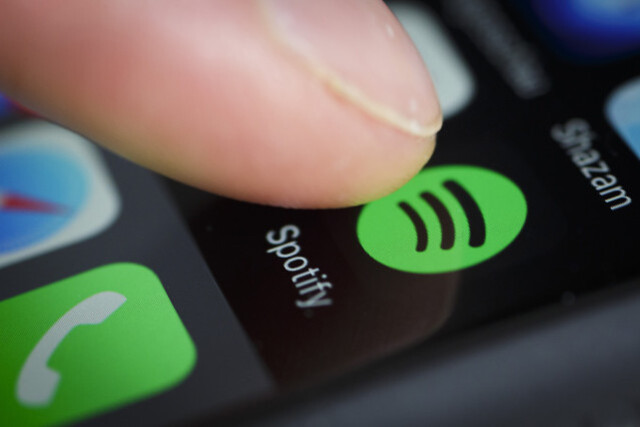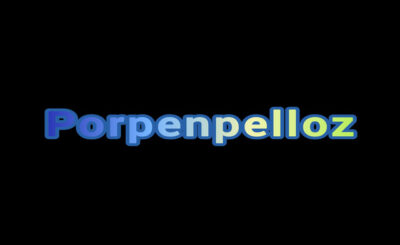Tidal vs Spotify is one of the most frequently debated comparisons in the music streaming world. With millions of users worldwide, both platforms have carved out significant niches by offering vast music libraries, personalized experiences, and a variety of subscription models. Yet, beneath their surface similarities lie important differences—particularly when it comes to sound quality, features, exclusivity, and pricing. This deep dive explores all facets of these two giants to help you decide which service aligns best with your needs and preferences.
Table of Contents:
A Brief Overview: Tidal vs Spotify
Tidal
Launched in 2014, Tidal was acquired by rapper Jay-Z and a consortium of artists in 2015. Marketed as an artist-first platform, Tidal emphasizes high-fidelity music streaming, exclusive content, and equitable artist compensation. Its core audience includes audiophiles and fans seeking a deeper connection with artists.
Spotify
Spotify, founded in 2006 in Sweden, is currently the largest music streaming platform in the world. Known for its intuitive interface, advanced algorithm-based playlists, and massive global user base, Spotify is widely recognized for making music discovery seamless and enjoyable.
Music Library and Content Variety of Tidal vs Spotify
Catalog Size of Tidal vs Spotify
Both Spotify and Tidal claim libraries exceeding 100 million tracks. However, the way they present and curate this content differs:
- Spotify excels in curating playlists using its advanced algorithms. From Discover Weekly to Release Radar, it continuously adapts to your taste.
- Tidal offers editorially curated playlists and promotes up-and-coming artists through its Tidal Rising program.
Exclusives and Artist Support ( Tidal vs Spotify)
Tidal frequently features exclusive releases, particularly from hip-hop and R&B artists. These exclusives might appear on Tidal weeks before hitting other platforms. Spotify rarely offers full album exclusives, preferring simultaneous releases.
Tidal vs Spotify Sound Quality: Who Sounds Better?

This is one of the most debated aspects in the Tidal vs Spotify discussion. Audiophiles often cite Tidal’s superior sound quality as a primary reason for subscribing.
Spotify Sound Quality
- Free Plan: Up to 160 kbps (AAC format)
- Premium Plan: Up to 320 kbps (Ogg Vorbis)
- Spotify HiFi: Announced but still not globally available at the time of writing
Tidal Sound Quality
- Tidal HiFi: 1,411 kbps (FLAC/CD-quality)
- Tidal HiFi Plus: Up to 9,216 kbps with Master Quality Authenticated (MQA) and Dolby Atmos
Clearly, Tidal surpasses Spotify in raw audio quality. For users with high-end audio equipment or a keen ear for nuance, Tidal vs Spotify sound quality is a no-brainer—Tidal wins hands down.
User Interface and Experience of Tidal vs Spotify
Spotify’s Interface
Spotify’s interface is clean, modern, and highly intuitive. Its home screen is personalized with AI-driven suggestions, and the search function is exceptionally powerful. Spotify also integrates social features such as collaborative playlists, friend activity feeds, and sharing via social media.
Tidal’s Interface
Tidal also offers a sleek and stylish UI, though it emphasizes editorial content more than algorithmic recommendations. The search function is adequate, but less robust than Spotify’s. Tidal’s standout feature is its Credits tab, which provides detailed album and song credits—a rare but appreciated touch for music enthusiasts.
Personalization and Discovery of Tidal vs Spotify
Spotify
Spotify’s edge lies in its powerful algorithms that learn your listening behavior over time. This results in curated playlists like:
- Learn Every Week
- Radar Release
- Everyday Blends
These playlists are always changing and offer new material that suits your preferences.
Tidal
Tidal leans more on human-curated playlists rather than algorithms. While this offers a more editorial touch, it lacks the reactive precision of Spotify’s AI. However, Tidal Rising promotes emerging artists across genres, offering discovery from a different angle.
Podcasts and Non-Music Content in Tidal vs Spotify

Spotify’s Podcast Empire
By purchasing businesses like Gimlet Media and Anchor, Spotify has made significant investments in the podcast industry. It’s now home to exclusive podcasts from Joe Rogan, Michelle Obama, and more. If you’re a podcast junkie, Spotify offers a more comprehensive experience.
Tidal’s Limited Podcast Offering
Tidal has made efforts to include music-related podcasts, but the variety and volume pale in comparison to Spotify. The platform remains primarily music-focused.
Platform Compatibility and Offline Support
Device Support
Both services are available on:
- iOS and Android
- Windows and Mac
- Smart TVs
- Game consoles
- Smart speakers (like Amazon Echo and Google Home)
Offline Listening
Both allow for offline listening with paid subscriptions. However, the size of offline downloads on Tidal HiFi and HiFi Plus may be larger due to higher audio quality.
Plans and Pricing of Tidal vs Spotify
Pricing is a crucial factor in the Tidal vs Spotify price debate.
Spotify Pricing
| Plan Type | Monthly Price (USD) | Features |
| Free | $0 | Ads, limited skips |
| Premium Individual | $10.99 | No ads, offline play, 320 kbps audio |
| Premium Duo | $14.99 | Two accounts |
| Premium Family | $16.99 | Up to 6 accounts |
| Student Plan | $5.99 | Includes Hulu (in some regions) |
Tidal Pricing
| Plan Type | Monthly Price (USD) | Features |
| Tidal Free | $0 | Ads, standard quality |
| Tidal HiFi | $10.99 | Lossless (CD-quality) |
| Tidal HiFi Plus | $19.99 | MQA, Dolby Atmos, Artist Direct Pay |
| Family and Student Plans | Available | Varying discounts |
When comparing Tidal vs Spotify price, Spotify appears more budget-friendly, especially for families and students. However, Tidal’s HiFi Plus offers unmatched audio quality, justifying its premium for audiophiles.
Tidal vs Spotify Reddit Opinions
Reddit is a treasure trove of real-world user experiences. Threads comparing Tidal vs Spotify Reddit often reveal the nuanced preferences of users.
Spotify Praise
- Easy to use
- Superior podcast support
- Seamless integration with third-party apps
- Best recommendation algorithm
Tidal Praise
- Best audio quality
- Better pay structure for artists
- Great editorial content
- Appeals to fans of hip-hop, R&B, and classical
Users on Tidal vs Spotify Reddit discussions often recommend trying both platforms during free trial periods to determine which suits your lifestyle and taste better.
Artist Compensation and Ethics
Tidal promotes itself as a platform that pays artists more fairly. With its Artist Direct Pay system, a portion of your HiFi Plus subscription goes directly to your most-listened-to artist.
Spotify, in contrast, has faced criticism over its per-stream payouts. While it pays out significant sums in total, its massive user base and streaming volume dilute the earnings per artist.
Unique Features of Tidal vs Spotify
Spotify
- Blend playlists: Automatically merges your taste with a friend’s
- Spotify Wrapped: Annual listening report that’s become a cultural phenomenon
- Crossfade & gapless playback for seamless transitions
Tidal
- MQA and Dolby Atmos for studio-quality sound
- Music credits and liner notes
- Tidal Rising: Supporting emerging talent
Value for Money: The Final Verdict

If You Want the Best Sound Quality
Tidal wins this hands down. With FLAC and MQA options, it’s a paradise for audiophiles. If you’re serious about sound and have the right gear, the premium cost is worth it.
If You Want the Best Discovery and Podcasts
Spotify takes the crown. Its recommendation engine and extensive podcast library offer a richer experience for casual and active listeners alike.
If You’re Budget-Conscious about Tidal vs Spotify
Spotify offers more flexibility in pricing, particularly with family and student plans. However, Tidal’s free tier and HiFi plan still provide impressive value.
Conclusion
In the Tidal vs Spotify comparison, Tidal is the better choice for those who prioritize high-quality audio and artist support. With its lossless and hi-res streaming options, it’s ideal for audiophiles who want the best possible listening experience.
On the other hand, Spotify offers excellent music discovery, a vast podcast library, and more budget-friendly plans. For most casual listeners, especially those looking for smart recommendations and easy-to-use features, Spotify provides better overall value.
.







